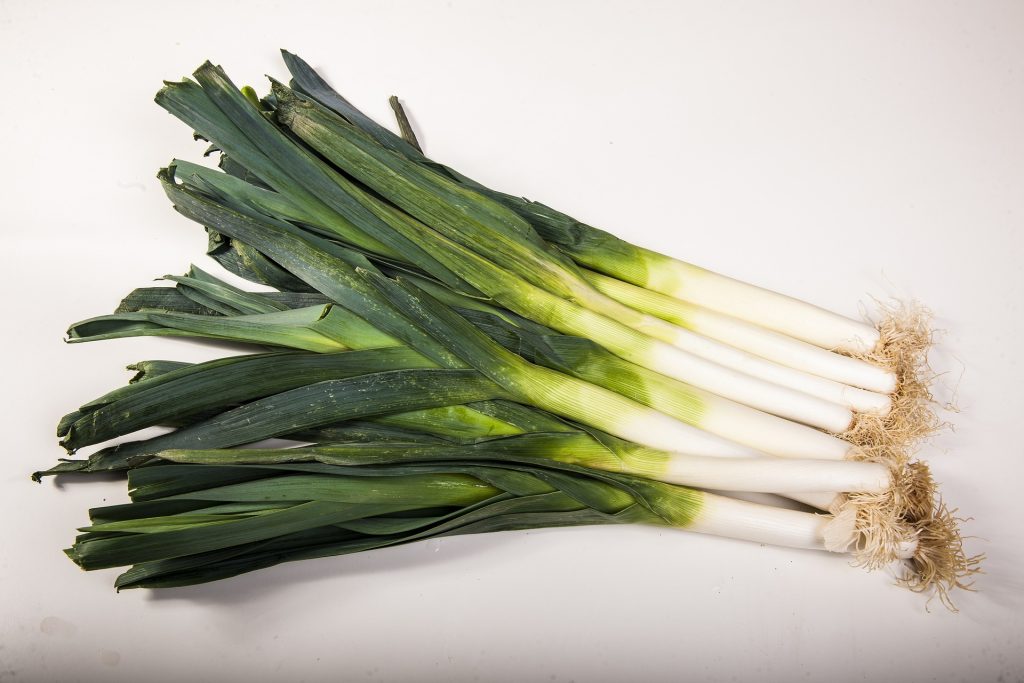Growing Leeks
A popular and versatile autumn and winter vegetable, leeks are members of the Alliaceae (onion) family but are much easier to grow successfully than onions.
Site and soil
Leeks prefer an open, sunny site but will tolerate shade for part of the day. They require a moderately rich, fertile soil that is free draining. The addition of compost prior to planting will benefit the crop by improving soil structure and drainage.
Leeks prefer a slightly alkaline soil so a light dressing of lime or dolomite may be required if the pH is below 6.5.

Planting
Leeks require a long growing season of at least six months to reach a good size, although they can be eaten at any stage. Seedlings transplanted in early spring will be ready to harvest from late summer and those planted in late spring will provide the main winter crop.
Leeks can be grown from seed or bought as seedlings and transplanted. If growing from seed it is best to plant the seed in punnets or a seed bed, as the seedlings can take 8 to 10 weeks to reach a suitable size for transplanting. Seedlings are ready to transplant when they are about 15 – 20 cm tall.
Leeks are traditionally planted in trenches or in individual 10 – 15 cm deep holes to produce longer white stems. Planting holes are made with a dibber and the seedlings dropped in and gently watered to wash a little oil over the roots. As the leeks grow rain and irrigation will gradually fill the holes. Leeks should be planted at least 15 cm apart to allow them sufficient space to reach full size.

Cultivating
Leeks need little attention aside from weed control and ensuring adequate soil moisture is available during the growing season.
If you want to produce leeks with very long white stems they will need to be blanched. This requires excluding light from the growing stem to prevent it producing chlorophyll. The original planting depth will determine the length of white stem below the surface. To blanch more of the stem either mound the soil around the stems as they grow, or tie layers of newspaper or thin cardboard around the stems. If using the paper method, avoid overhead irrigation and check regularly for snails and slugs that can take up residence inside the paper collars.
Harvesting
Depending on the variety and planting time it is possible to harvest leeks for many months from early autumn until early spring. Use a fork to lift them as the dense root mass makes it difficult to pull them by hand without breaking the stems.
Leeks are not troubled by frost and will remain in good condition in the ground over winter, but will go to seed as soon as the weather warms in spring. They are best used fresh from the ground but will keep for several days if refrigerated.

Problems
Leeks are rarely troubled by pests or diseases. Good crop hygiene and regular crop rotation should minimise problems.
Saving seed
Leeks are biennial and if planted in spring will go to seed the following spring. The flowers are arranged in large white or pinkish umbels and are pollinated by insects. Each leek will produce hundreds of seeds. Leeks will not cross with onions or garlic, but will cross with other varieties of leek.
